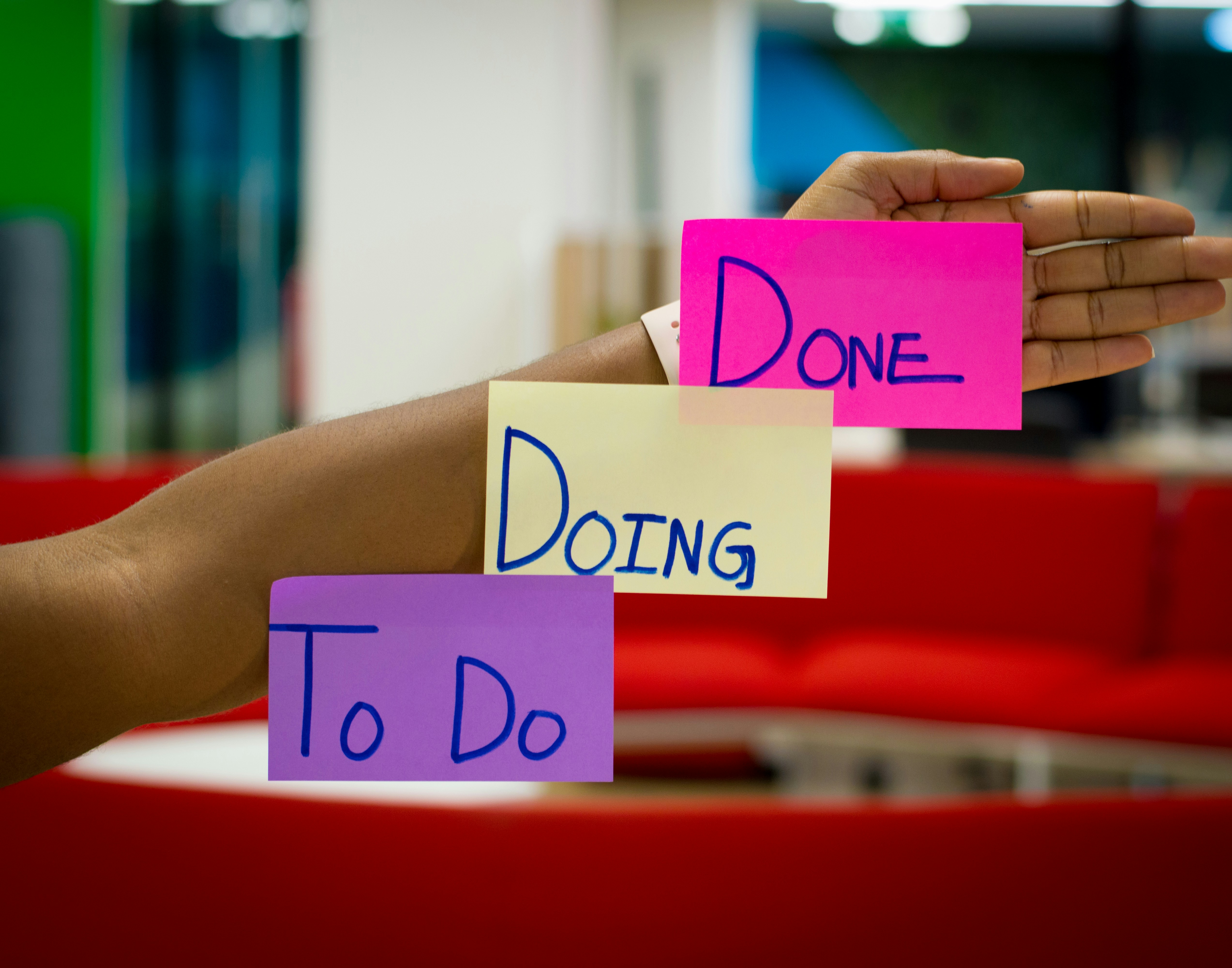
Planning a micro-wedding allows couples to create an intimate and unforgettable celebration. While the guest list may be small, the love, style, and personalization can be monumental. Micro-weddings are growing in popularity because of their budget-friendly nature and the chance to focus on meaningful details that reflect the couple’s love story.
With a smaller-scale event, you can indulge in quality over quantity, ensuring every element is thoughtful and unique. From choosing a breathtaking venue to curating a gourmet dining experience, micro-weddings allow you to allocate your resources to what matters most. You can skip the stress of accommodating hundreds of guests and savor the joy of celebrating with your closest loved ones.
Whether you’re looking to maximize your budget, personalize your decor, or create an unforgettable experience for your guests, these suggestions will walk you through the top strategies for planning a micro-wedding that feels grand and luxurious. You’ll discover how to transform a small gathering into a day that’s big on style, love, and unforgettable memories.
Start With a Vision
Before diving into the details, take time to envision your dream micro-wedding. Consider the overall atmosphere you want to create: is it romantic, rustic, or modern? Think about color schemes, decor styles, and key moments that matter most.
When you focus on the experience rather than the size, it’s easier to prioritize what’s truly meaningful. For example, an intimate guest list allows you to allocate your budget to enhance details like decor, custom wedding suits, or gourmet catering. Keep your vision specific yet flexible to accommodate any unique opportunities.
Communicate this vision with your partner and vendors to be sure everyone is on the same page. Collaboration helps bring your ideas to life while staying true to your micro-wedding’s essence.
Choose the Right Venue
A micro-wedding opens the door to unique venue options. From charming gardens to cozy family backyards, the possibilities are endless. Intimate spaces can set the tone for a personalized and grand-feeling celebration.
Look for venues that offer versatile layouts to make the most of your smaller guest count. Many boutique hotels, art galleries, and even private residences can provide the perfect backdrop. Choosing a meaningful location—like the unforgettable spot where you had your first kiss or a favorite vacation destination—adds a sentimental touch.
Don’t overlook venue amenities. A smaller guest list might allow you to splurge on luxury upgrades. You can consider premium lighting or customized seating arrangements to create a grand feel despite the intimate scale.
Create an Exclusive Guest List
One of the defining features of a micro-wedding is its curated guest list. Micro-weddings host up to 50 attendees, allowing you to focus on close friends and family so you don’t spend thousands of dollars on people who may not even wish you well.
You can carefully select guests who bring joy and love to your life. This creates an intimate and meaningful atmosphere where everyone feels valued. It’s not a requirement, but you can also share your intentions with potential guests so they understand and appreciate the decision to keep the event small.
An exclusive guest list also makes it possible to go all out on personalized touches. From handwritten invitations to intimate welcome gifts, your guests will feel cherished and celebrated.
Elevate the Dining Experience
A micro-wedding allows you to transform the dining experience into a culinary adventure. With fewer guests, you can select a multi-course meal, gourmet dishes, or a creative tasting menu curated by a top-tier chef.
Incorporate personal touches, such as signature cocktails named after special memories or a dessert bar showcasing your favorite sweets. You should consider seating arrangements that encourage conversation and connection. Make your dining area visually stunning by using elegant linens, statement centerpieces, and premium tableware. These details elevate the ambiance and make your reception unforgettable.
Invest in Stunning Decor
With fewer tables and spaces to decorate, you can focus on high-impact design elements. Luxe floral arrangements, intricate lighting, and customized backdrops can transform your venue into a breathtaking scene. Consider incorporating elements that reflect your personality as a couple. For example, if you love books, create a literary-themed centerpiece.
If travel brought you together, use maps or globes as part of the decor. These thoughtful details create a grand feel. Don’t underestimate the power of texture and layering. Plush fabrics, candles, and unique accents like velvet ribbons or gold accents can turn a small space into a visually rich environment.
Hire a Talented Photographer
Investing in a skilled photographer ensures your special day is captured beautifully. A smaller wedding lets the photographer focus on intimate moments, candid expressions, and meaningful details. Having creative and intimate photos is much easier when you have fewer guests.
Work closely with your photographer to highlight what’s important to you. Share a list of must-have shots, like first looks, close-ups of decor, or candid moments with guests. A professional can make even the smallest weddings look grand in photos. Consider hiring a videographer to document the day. Video footage lets you relive the celebration and share it with loved ones who couldn’t attend.
Create a Unique Ceremony
The ceremony is the heart of your wedding day, and a micro-wedding gives you the freedom to make it deeply personal. Write your own vows, incorporate meaningful rituals, or include readings from loved ones.
Intimate weddings provide the time and space to involve guests in the ceremony. Whether it’s a group blessing, a unity ceremony, or an open mic for heartfelt speeches, your loved ones can play a more active role. Choose a setting that enhances the emotional tone of the ceremony. Whether it’s a candlelit room or a sunlit beach, the right ambiance can make the moment feel larger than life.
Focus on Entertainment
Entertainment is a key element in making your micro-wedding feel grand. Live music can elevate the mood and create a sophisticated atmosphere. Interactive elements like a photo booth, DIY cocktail stations, or even a comedian can add a touch of excitement.
Since you’re hosting fewer people, you can afford to go for unique options that leave a lasting impression. Don’t forget the dance floor! Whether it’s a first dance or an impromptu group groove, the energy and fun will make your small wedding feel like a grand party.
Embrace Meaningful Favors
Wedding favors are an excellent way to thank your guests. With a micro-wedding, you can choose high-quality, meaningful gifts that reflect your appreciation. Consider personalized keepsakes. Monogrammed candles, small bottles of artisanal olive oil, or handwritten notes are all creative and inexpensive ways to say “Thank You”.
These items not only show gratitude but also leave a lasting impression. Presentation matters, so package favors beautifully. Thoughtful wrapping and elegant displays will add to the overall sense of luxury.
Stay True to Your Love Story
Ultimately, the most important aspect of your micro-wedding is celebrating your unique love story. Infuse the day with personal touches that reflect who you are as a couple. Incorporating your favorite songs, decorating with items from your shared adventures, or serving a dish that holds sentimental value helps create a wedding that feels grand and authentic. Remember that size doesn’t define the significance of your day. What matters most is the love and joy you share with your partner and guests.
Final Thoughts
With thoughtful planning and a focus on what truly matters, your micro-wedding can be every bit as incredible as a larger celebration. By prioritizing intimacy, personalization, and elegance, you’ll create a day rich in memories and bursting with love. No matter the size, your wedding can feel as grand as the love story it celebrates. Let these tips inspire you to design a celebration that reflects your style and commitment perfectly.









